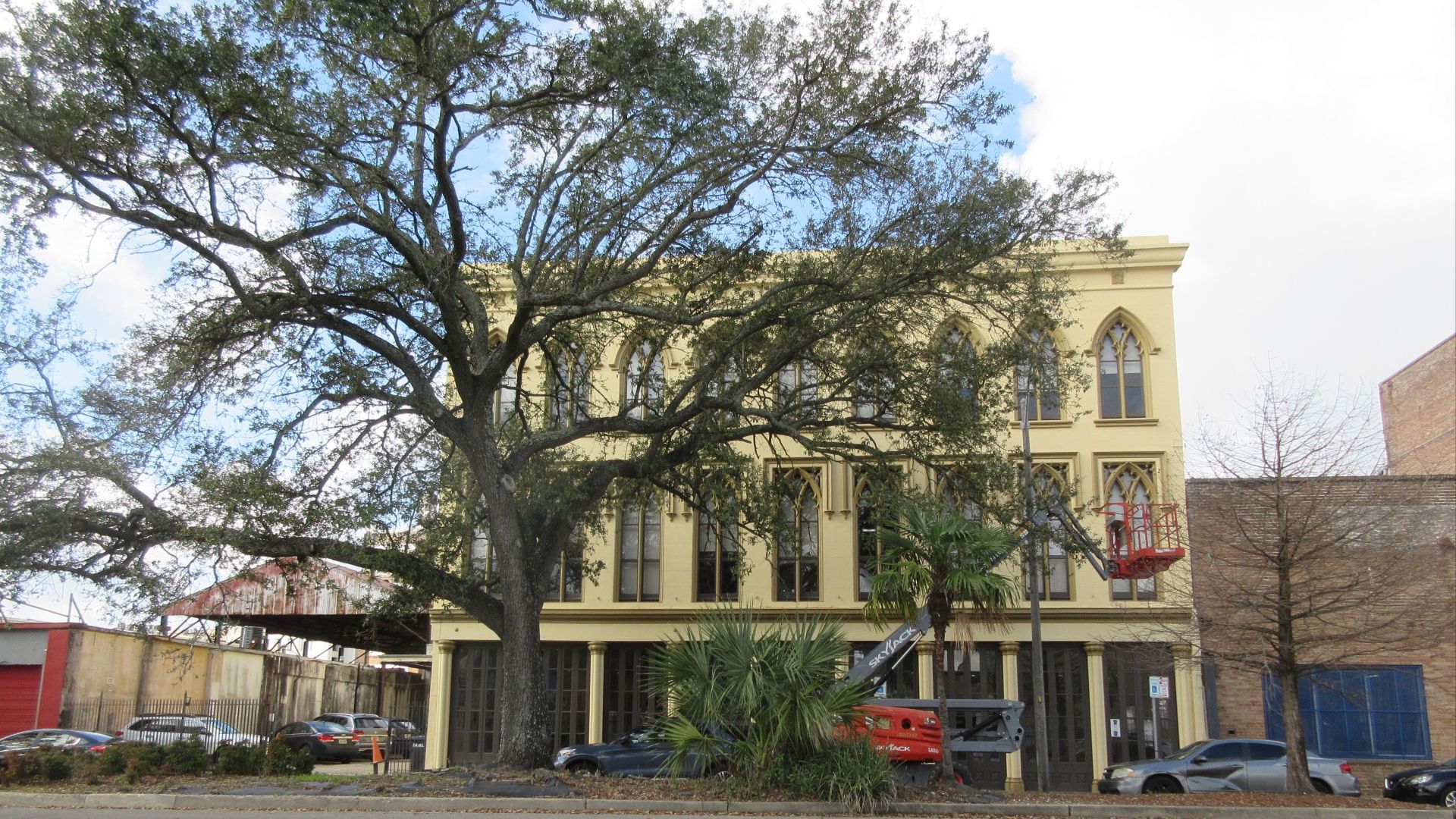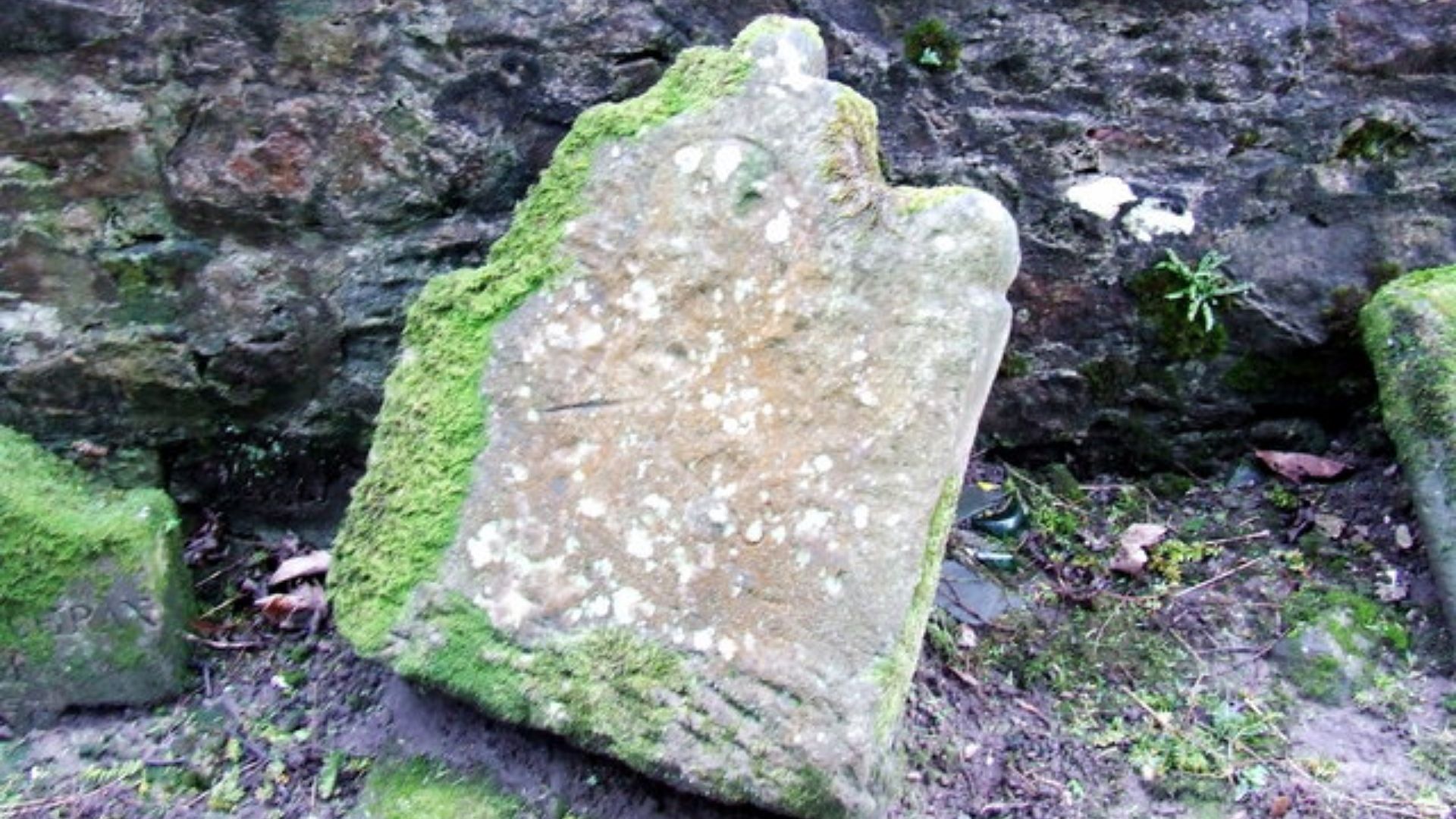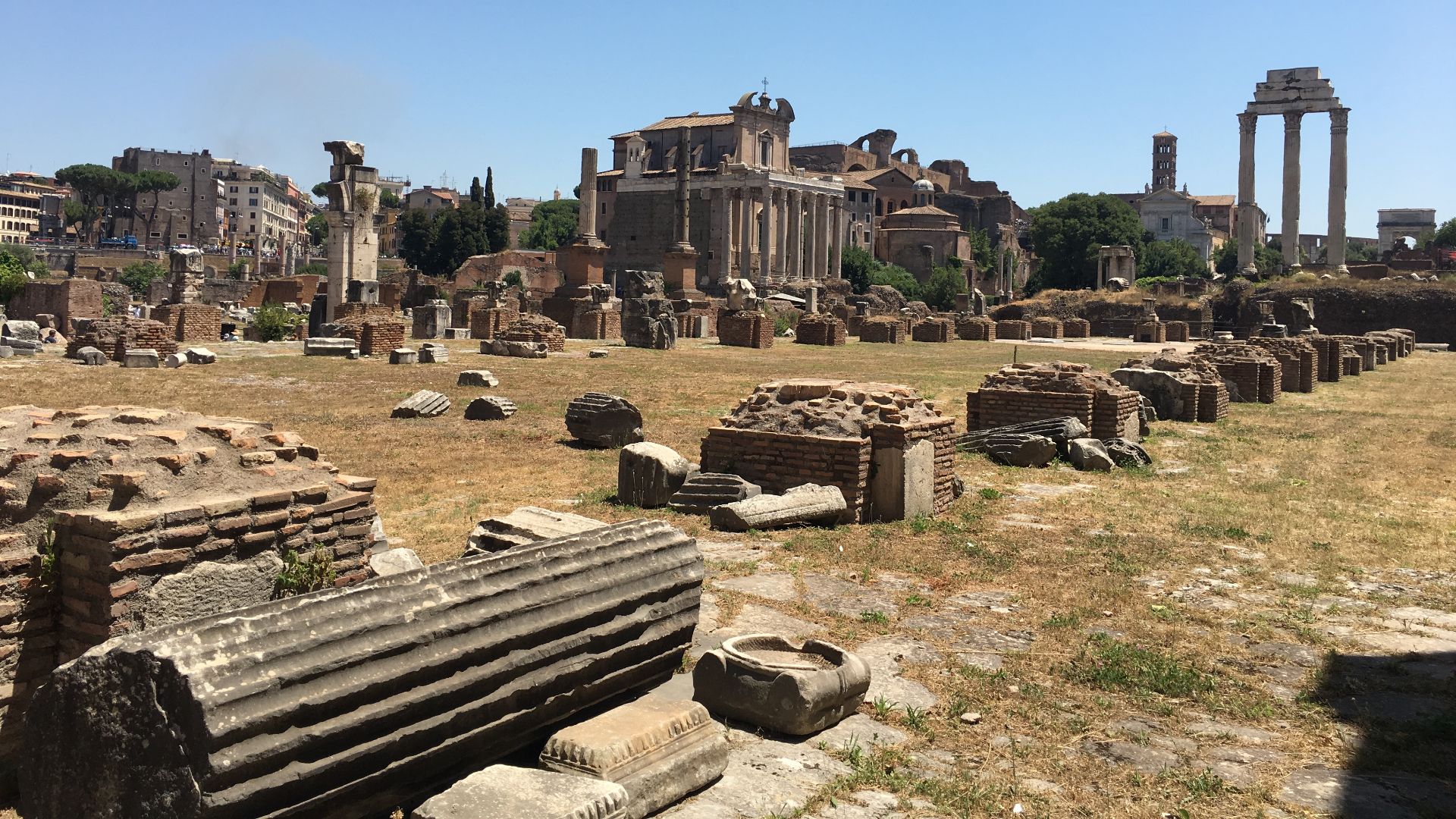When History Shows Up With a Shovel
Sometimes archaeology doesn’t require a dig site—it just needs a little weeding. That’s what happened when a New Orleans couple unearthed a mysterious stone in their backyard, only to discover it wasn’t just old—it was ancient. What followed was a globe-spanning investigation involving archaeologists, a viral news story, and one very misplaced Roman soldier.
 A Strange Stone in the Garden
A Strange Stone in the Garden
When Daniella Santoro and her husband, Aaron Lorenz, started sprucing up their garden in New Orleans’ historic Carrollton neighborhood, they expected roots, bugs, maybe a lost coin or two. Instead, they found a heavy stone covered in Latin text.
The Language of the Ancients
Latin inscriptions don’t usually appear between azaleas and tomato plants. As an anthropologist at Tulane University, Santoro knew immediately that this wasn’t your average lawn ornament.
Calling in the Experts
Curiosity turned into an investigation when Santoro reached out to the Preservation Resource Center of New Orleans and archaeologist D Ryan Gray at the University of New Orleans. Gray knew he’d stumbled onto something special.
 Infrogmation of New Orleans, Wikimedia Commons
Infrogmation of New Orleans, Wikimedia Commons
A Soldier’s Name Emerges
When the inscription was translated, it revealed a name: Sextus Congenius Verus. He wasn’t a philosopher, emperor, or poet—but a Thracian soldier who served 22 years in the Roman navy.
 Laureys a Castro, Wikimedia Commons
Laureys a Castro, Wikimedia Commons
A Ship Called Asclepius
According to the text, Verus was a member of the “praetorian fleet Misenensis,” stationed at Misenum near Naples, and served on a trireme named Asclepius. The stone marked his life, his service, and his passing at the age of 42.
 Gabriel de Saint-Aubin, Wikimedia Commons
Gabriel de Saint-Aubin, Wikimedia Commons
Mystery on Maple Street
The question wasn’t who Verus was anymore—but how his 1,900-year-old gravestone ended up thousands of miles from the Mediterranean, in the soil of suburban Louisiana.
 Infrogmation of New Orleans, Wikimedia Commons
Infrogmation of New Orleans, Wikimedia Commons
A Link to Lost History
Gray brought in two more experts: Harald Stadler from the University of Innsbruck and Tulane classicist Susann S Lusnia. Lusnia’s research soon uncovered something extraordinary—the gravestone had once been part of the collection at Italy’s National Archaeological Museum of Civitavecchia.
 Shapiro1983, Wikimedia Commons
Shapiro1983, Wikimedia Commons
Bombs, Chaos, and Lost Relics
During WWII, the museum was “pretty much destroyed” by Allied destruction. After the infighting, with troops passing through the area, many artifacts simply disappeared. The gravestone of Sextus Congenius Verus was one of them.
 Unknown authorUnknown author or not provided, Wikimedia Commons
Unknown authorUnknown author or not provided, Wikimedia Commons
A Viral Clue Surfaces
The mystery might have stayed unsolved if not for one viral news story. When local outlets covered Santoro’s discovery, the article spread online—eventually catching the eye of someone with an unexpected connection.
The Ex-Husband’s Surprising Call
Erin Scott O’Brien was at home when her ex-husband phoned her out of the blue. “You are not going to believe this,” he said. The news report featured their former house—and the same stone that had once decorated their garden.
A Family Heirloom Revealed
O’Brien recognized the piece immediately. She’d inherited it from her grandfather and had always assumed it was just an antique decoration. Turns out, it was a 2,000-year-old Roman artifact hiding in plain sight.
Grandfather’s Secret Souvenir
Her grandfather, Master Sergeant Charles E. Paddock, had served in Italy during WWII. He married Italian artist Adele Vincenza Paoli in 1946, and the couple later settled in New Orleans.
From Rome to the Bayou
In their Gentilly home, the Latin-inscribed stone sat quietly in a display cabinet for decades. To the family, it was just “the Roman rock”—an odd keepsake with no story attached.
 Rev E Trollope, Wikimedia Commons
Rev E Trollope, Wikimedia Commons
A Forgotten Treasure
When Paddock and his wife passed in the 1980s, the stone passed to their daughter, and eventually to O’Brien. When she bought the Carrollton house in 2004, she placed the tablet near a newly planted tree and promptly forgot about it.
A Lucky Rediscovery
By the time Santoro and Lorenz bought the house in 2018, the gravestone had become part of the landscape—weathered, overlooked, and waiting for someone to notice it again.
The Case of the Missing Gravestone
Back in Italy, curators confirmed the museum’s copy of the gravestone’s records. The artifact listed as missing for decades was now found—in Louisiana of all places.
 Walter Baxter, Wikimedia Commons
Walter Baxter, Wikimedia Commons
The FBI Steps In
Once the origin was verified, the artifact was turned over to the FBI’s Art Team, a specialized unit that handles the repatriation of stolen cultural property.
 Shinsuke Ikegame, Wikimedia Commons
Shinsuke Ikegame, Wikimedia Commons
Homeward Bound
Soon, Sextus Congenius Verus’s gravestone will make its long journey back across the Atlantic to Civitavecchia. After 80 years abroad, the soldier’s memorial will finally rest where it belongs.
 Thomas Nugent, Wikimedia Commons
Thomas Nugent, Wikimedia Commons
Reflections from the Family
For O’Brien, the revelation was equal parts shocking and satisfying. “It’s amazing,” she said. “It’s wonderful that it’s going back to where it belongs”. What began as a quirky heirloom turned into a window into ancient Rome.
 Kimberlym21, Wikimedia Commons
Kimberlym21, Wikimedia Commons
Lessons from the Backyard
This story isn’t just about one soldier’s lost gravestone—it’s a reminder that history has a funny way of traveling, surviving wars, changing continents, and hiding in the most ordinary places.
The Past Always Finds a Way Home
A stone carved nearly two millennia ago drifted through centuries, empires, and families before finding its way back to its homeland. Sometimes, the past doesn’t stay buried—it just waits for someone to start gardening.
 Anonymous (Category:Roman Empire)Unknown author, Wikimedia Commons
Anonymous (Category:Roman Empire)Unknown author, Wikimedia Commons
You May Also Like:
Archaeologists Find Ancient God In A Sewer
The Twisted Secret We Know About The Hindenburg Disaster
The Zenú People: Colombia’s Ancient Canal Builders
Source: 1
















